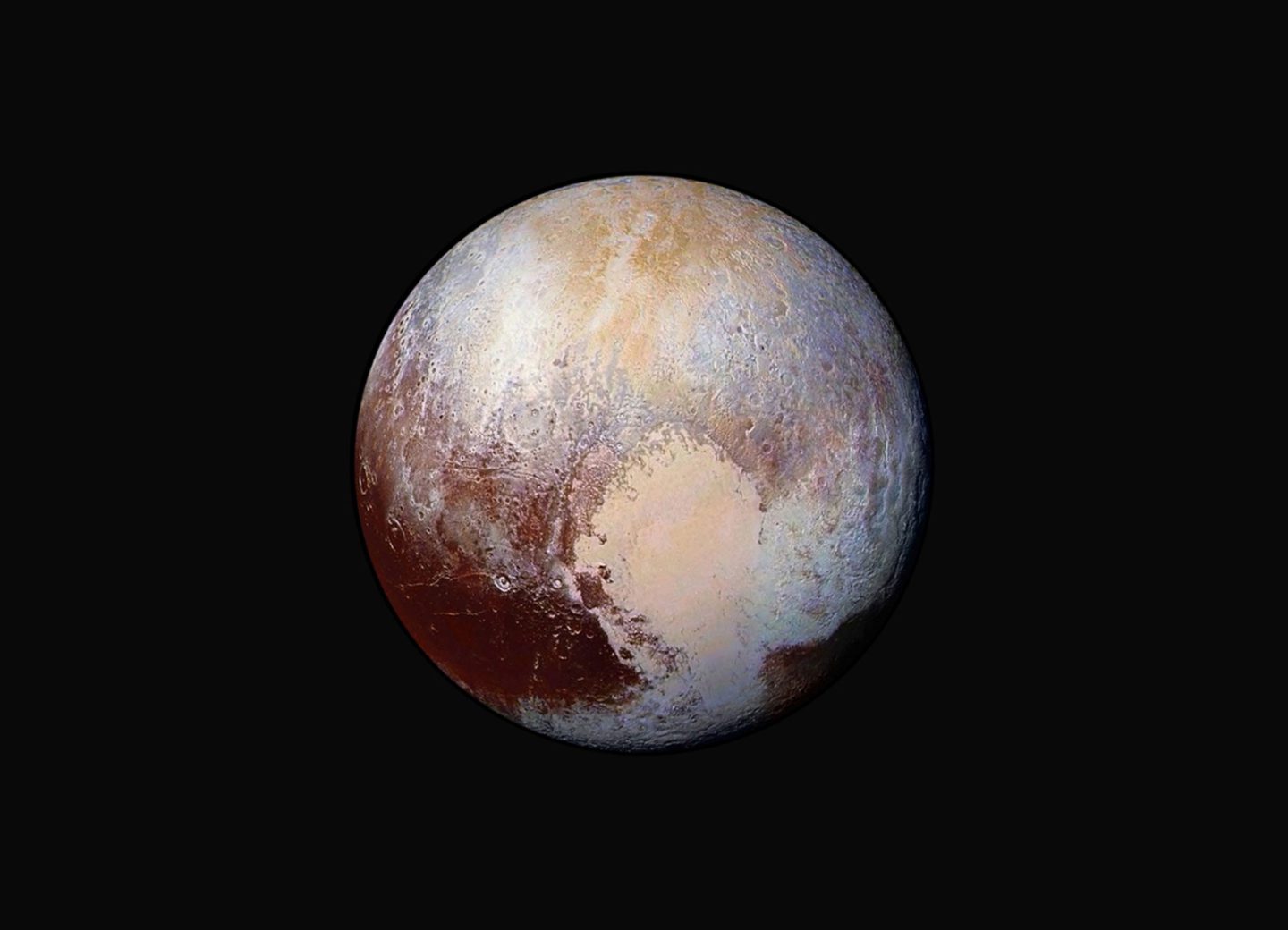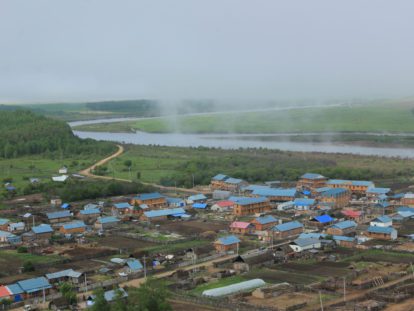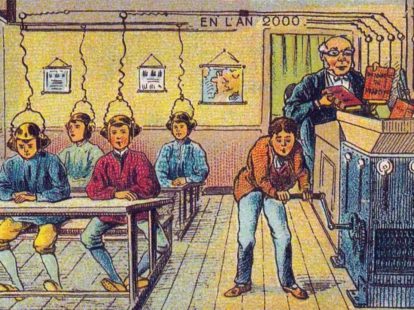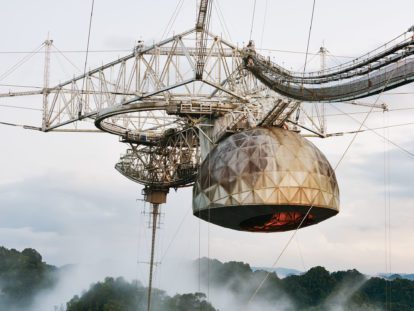Over the course of its 4-billion-year life, Pluto has taken its fair share of hard knocks. Orbiting way out in the solar system’s distant Kuiper Belt, 40 times farther from the Sun than Earth is, the dwarf planet’s icy surface is peppered with craters from asteroid strikes. Nothing unusual about that, you may think. But this pockmarked exterior has been hiding a secret, one just unravelled thanks to Nasa’s New Horizons probe: It’s alive.
Pluto is a fascinating and mysterious lump of rock. Discovered only in 1930, it was long considered the ninth planet, but lost this status in 2006 when it was declared just one of many large orbiting bodies in the Kuiper Belt.Its dwarf designation suits it. Pluto has a diameter roughly two-thirds that of the moon, with a rocky core making up about 70 per cent, and a mantle of mainly nitrogen ice the rest.

The New Horizons probe performed the first ever flyby of Pluto in July, passing within 8,000 miles. From its images, Nasa estimated that there are about 1,000 craters on Pluto – yet none were spotted in a massive icefield known as Sputnik Planum. Scientists use craters to date planetary bodies, as they are a good indicator of the amount of time a surface has been exposed.
But Sputnik Planum’s lack of craters suggests that its surface is comparatively young compared to neighbouring crater-dense areas: perhaps only 10 million years old.
This would mean that the surface of Pluto differs enormously in age, and suggests that some of Pluto’s frozen crust is being renewed, and is therefore ‘alive’. Such geological activity could be similar to that of Earth’s tectonic plates.
Combined with New Horizons’ images showing huge ice volcanoes and swathes of hilly terrain, there’s good reason to believe that Pluto is the only other living planetary body. Not bad for a reject.










